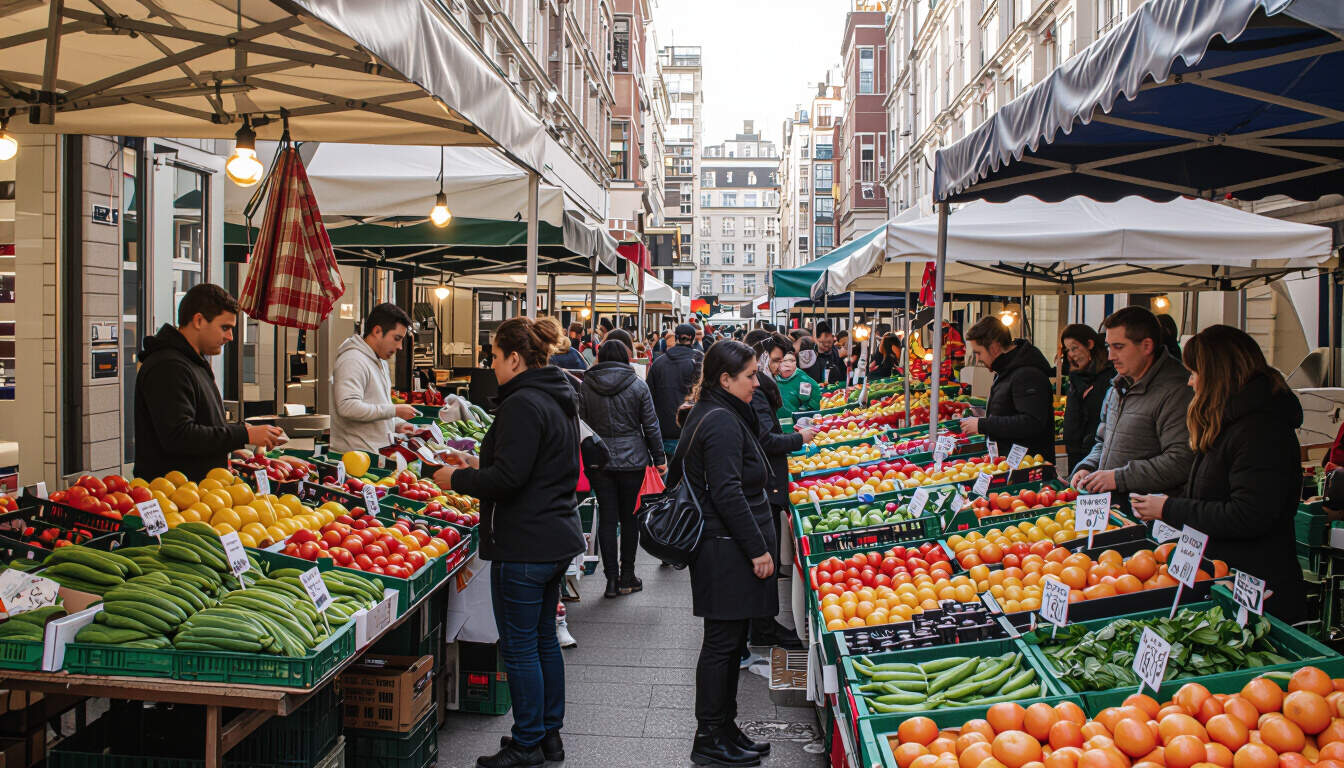Guerrilla PR Strategies for Food Markets
 by Shanie Goodwin
by Shanie Goodwin
Explore effective guerrilla PR tactics tailored to food markets, helping small businesses gain visibility through creative, low-cost methods. Learn how to use community engagement and innovative stunts to build brand loyalty and attract customers in competitive niches.

Guerrilla PR offers a fresh approach for food markets, allowing small businesses to stand out without large budgets. This method focuses on creativity and surprise to capture attention. For instance, food markets can benefit from quick, impactful actions that resonate with local audiences.
In food markets, building connections is key. Businesses often operate in tight communities where word-of-mouth spreads fast. One effective tactic involves organizing pop-up events at local spots. These gatherings create buzz by inviting people to sample products in unexpected places, like parks or community centers. Such events help foster relationships and encourage sharing on social platforms.
Another strategy is leveraging user involvement. Encouraging customers to share their experiences can amplify reach. For example, a food stall might run a simple challenge where participants post photos of their meals. This not only generates content but also builds a sense of community around the brand. Guerrilla PR in this context turns everyday interactions into promotional opportunities.
To make these tactics work, start with clear goals. Identify what you want to achieve, such as increasing foot traffic or boosting online followers. Then, choose actions that align with your audience's interests. In food markets, themes around freshness and locality often appeal most. A practical step is partnering with complementary businesses, like a local farm supplying ingredients for a special event.
Consider the timing of your efforts. Launching activities during peak seasons, such as harvest festivals, can maximize impact. This approach ensures your PR aligns with when people are most engaged with food-related activities. By doing so, businesses can create memorable experiences that linger in customers' minds.
Key Tactics for Implementation
Here are some specific guerrilla PR ideas for food markets:
-
Host impromptu tastings: Set up a surprise tasting station in high-traffic areas. Use minimal setup to keep costs low, focusing on quality samples that highlight unique flavors.
-
Create shareable moments: Develop fun, interactive elements like photo ops with branded props. This encourages participants to post online, extending your reach organically.
-
Collaborate with influencers: Work with micro-influencers who have niche followings in food circles. They can promote your products through authentic stories, adding credibility without heavy investment.
These tactics emphasize innovation and direct engagement. For food markets, authenticity matters. People value genuine connections, so avoid anything that feels forced.
Measuring success is straightforward. Track metrics like social media mentions or event attendance to gauge effectiveness. Adjust strategies based on what works best for your specific market. Over time, these efforts can lead to sustained growth and loyal customer bases.
Beyond events, integrating guerrilla PR into daily operations can yield ongoing benefits. For example, staff training on engaging customers conversationally turns every interaction into a potential story. This builds a narrative around your brand that feels personal and inviting.
In competitive food markets, differentiation is crucial. Unique storytelling sets businesses apart. Share the story behind your products, such as sourcing from local suppliers, to create emotional ties. This human element makes PR more relatable and effective.
Finally, sustain momentum by iterating on successes. After an initial campaign, refine approaches based on feedback. This ensures your guerrilla PR efforts remain fresh and relevant, helping your food market thrive in a crowded space.
Overall, adopting these strategies empowers small businesses to compete effectively. With creativity and persistence, guerrilla PR becomes a vital tool for growth in food markets.
